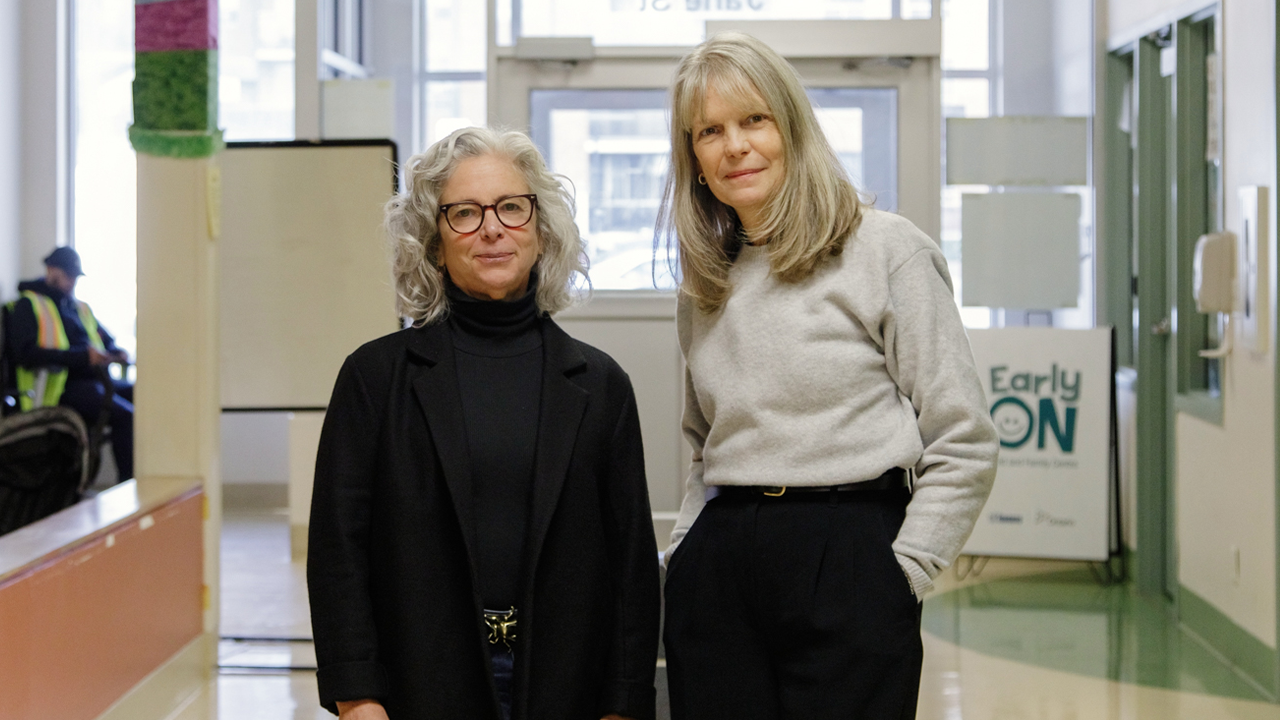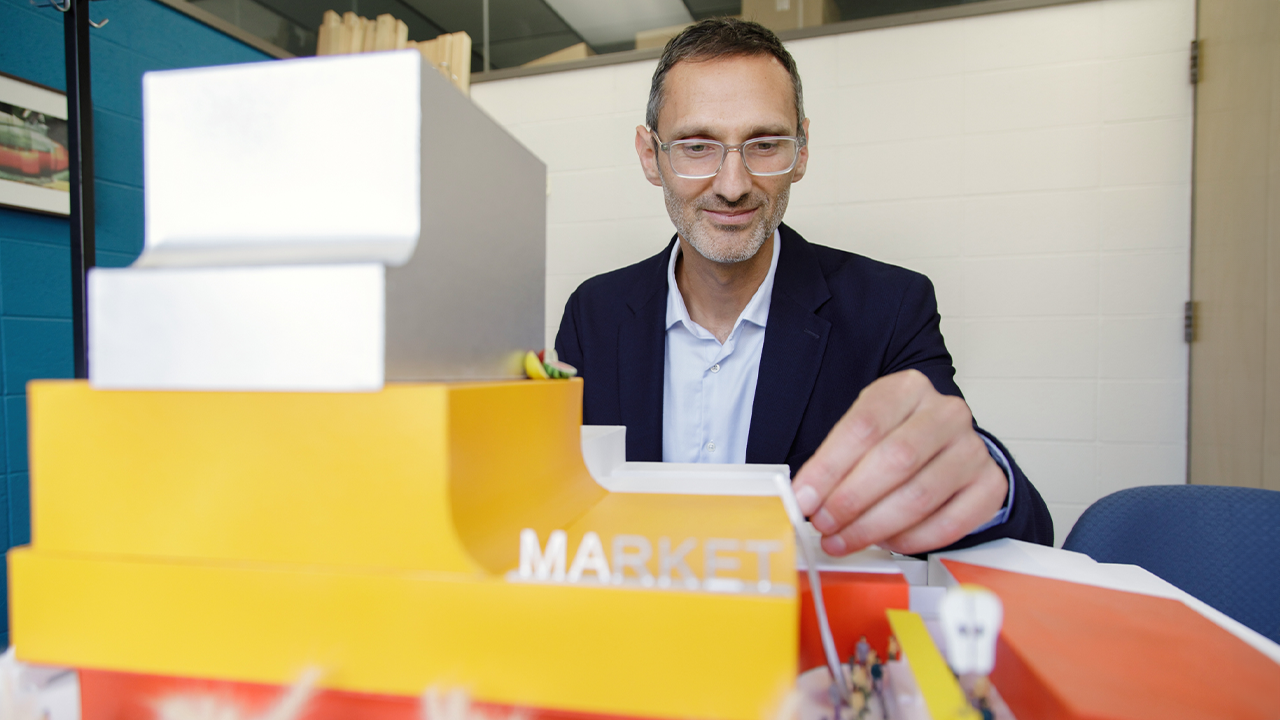

Photos by Daria Perevezentsev
With some agency spaces in precarious spaces, the response is aimed at providing long-term stability in a region experiencing rapid growth
Rising rental costs and redevelopment of community spaces have left agencies struggling to pay rent or forced to relocate out of the neighbourhoods they serve, putting access to services and supports at risk. United Way Greater Toronto (UWGT) is responding to this crisis with an unprecedented move to protect the social services ecosystem: by stepping into social purpose real estate.
“We are hearing from our funded agencies that they’re getting displaced,” said Ruth Crammond, UWGT’s vice-president of community infrastructure. About 70 per cent of UWGT’s not-for-profit agency spaces are leased, “so they’re in locations that are precarious” as the Greater Toronto Area experiences rapid growth and revitalization.
Rents and mortgages have gone up, and buildings are being demolished or redeveloped to make way for condos. “The rapid pace of growth and densification is a challenge because people are being displaced, but it is an opportunity too,” said Crammond. “There is an opportunity here for lower-income, more vulnerable communities to try to build up some assets.”
That’s why UWGT is moving into social purpose real estate, aimed at providing availability, accessibility and affordability of real estate for nonprofits, charities and communities. “It’s about acquiring real estate or redeveloping non-profit-owned real estate for public benefit,” said Crammond. UWGT will supplement this with a grants program to help agencies with pre-development work if they’re considering ownership or repurposing an existing space, like adding affordable housing to a mixed-use development.
UWGT also announced its intention to develop an additional 10 community hubs across the GTA — including underserved areas like Peel and York — over the next 10 years, for a total of 20 hubs. These hubs bring multiple agencies and services together under one roof to provide wraparound services for communities.
“Our intention is that hubs will improve service access for low-income communities with one-stop shopping for multiple services located in one site,” said Crammond. They’re not cookie-cutter; each hub is co-created with the community to respond to hyper-local needs.
And UWGT is planning to put a lot of money behind this effort: $100 million over the next 10 years.
Decisions will be informed by a research project, Essential Spaces: Real (Estate) Solutions for Community Needs, a partnership between UWGT and the Infrastructure Institute at University of Toronto’s School of Cities. The research project examines the extent of risk associated with leased real estate for social and community services spaces and how community-owned real estate might be leveraged to mitigate these risks.

“Increasingly, in the same way that we are experiencing a residential housing crisis, we’re at risk of facing a commercial and social services real estate crisis as well,” said Matti Siemiatycki, director of the Infrastructure Institute. “The built landscape is changing very quickly, and both of those are putting pressures on community services and social agencies.”
Many of these agencies operate out of leased space, “and the lease costs are starting to balloon,” said Siemiatycki. While the city needs new infrastructure, including transit, this comes with the risk of gentrification and displacement — whether agencies face rent increases they can’t afford or their building is being demolished for intensification.
For example, Unison Health & Community Services has five sites in the GTA, with two located at UWGT community hubs. At its Jane Street Hub, which serves residents of Weston, Mount Dennis and Trethewey, it recently signed a new lease, but just for five years, since it’s been told the building will be redeveloped into condos, said Michelle Joseph, CEO of Unison Health & Community Services.
“The neighbourhood in which it’s located is a very high-needs area,” she said. With high levels of poverty in the area, the hub provides access to essential services all in one place, including health and dental care, a childcare centre and youth mental health services.
The rent was already high, but “there was nowhere else in that geography that we could rent, that had that type of space,” said Joseph.
“It’s almost impossible to find the square footage.” Now that they’re likely to be displaced in five years, they don’t have a lot of options.
The value of the hub is that it provides wraparound services in one easily accessible location for the community. “Do we then sacrifice community space and say, okay, we can’t do that anymore—we’ll just open a clinic over here, and we’ll get these other services over there,” she said.
That’s why UWGT’s new approach with social purpose real estate could be a game changer. The Essential Spaces research will inform where new community hubs could be developed that will best serve the needs of the community — while deepening long-term sustainability through ownership or long-term leases in secure spaces.
UWGT’s evolution into social purpose real estate is particularly important because of “their scale and their voice,” said Siemiatycki. “I see this as a really important next step on that path they started blazing decades ago.”